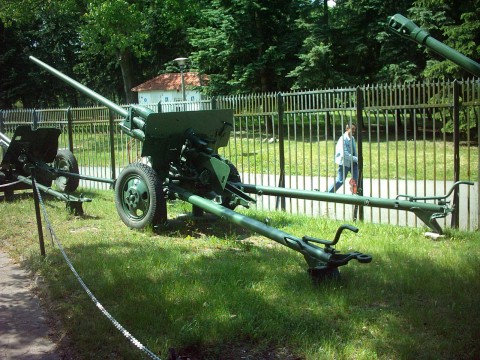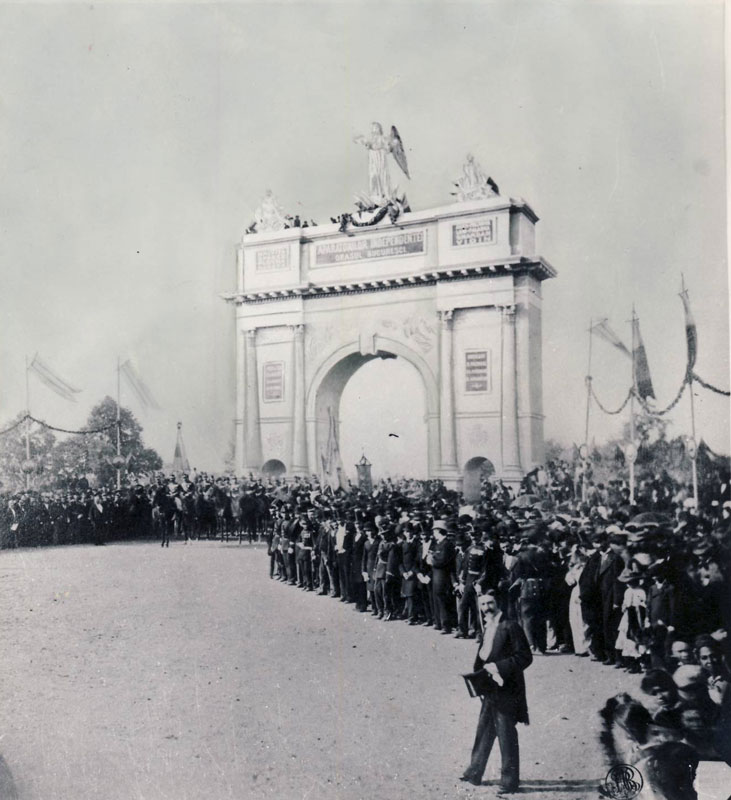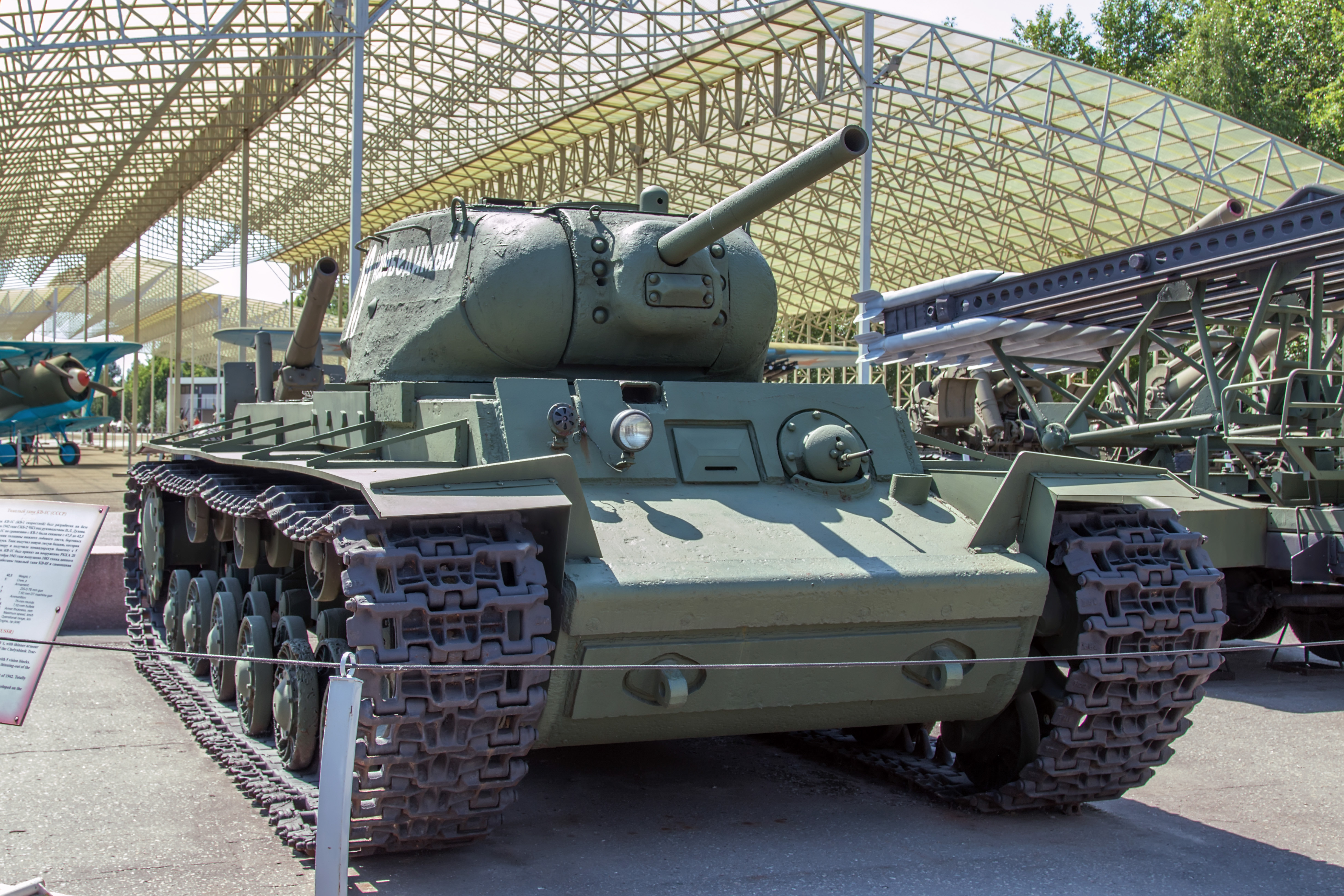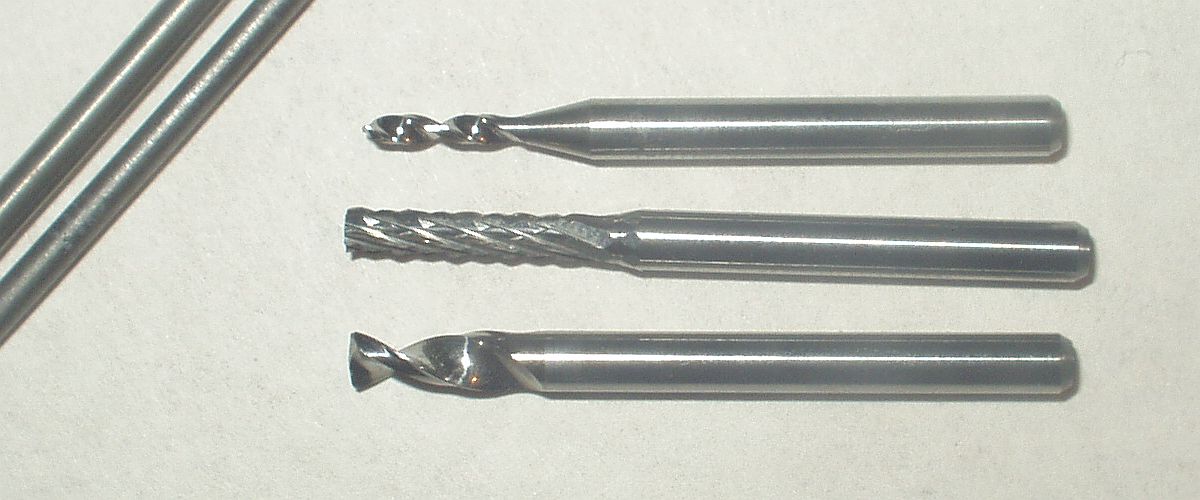|
Pak 38
The 5 cm Pak 38 (L/60) (''5 cm Panzerabwehrkanone 38 (L/60)'') was a German anti-tank gun of 50 mm caliber, calibre. It was developed in 1938 by Rheinmetall-Borsig AG as a successor to the 3.7 cm Pak 36, and was in turn followed by the 7.5 cm Pak 40. The unique curved gun-shield design differed from most WWII anti-tank guns which had either one flat or two angled and one flat gun-shield plates for ease of manufacturing. Development After the Spanish Civil War, the German authorities started to think that a new anti-tank gun would be needed, even though the 3.7 cm Pak 36 had proven to be very successful. They asked Rheinmetall-Borsig to produce a new and more capable AT-gun. They first designed the Pak 37 in 1935, but the German authorities did not approve it because of its low capabilities. Rheinmetall-Borsig were forced to create a new gun with a longer - L/60 - barrel which was approved for mass production in 1939 under the designation Pak 38. Variants The origi ... [...More Info...] [...Related Items...] OR: [Wikipedia] [Google] [Baidu] |
Tunisian Campaign
The Tunisian campaign (also known as the battle of Tunisia) was a series of battles that took place in Tunisia during the North African campaign of the Second World War, between Axis and Allied forces from 17 November 1942 to 13 May 1943. The Allies consisted of British Imperial Forces, including a Greek contingent, with American and French corps. Despite initial successes by the German and Italian forces brought from the mainland and which had withdrawn into and occupied Tunisia after their defeat in the Western Desert and the success of Operation Torch, massive supply interdiction efforts and Allied assaults from east and west led to the decisive defeat of the Axis. Over 260,000 German and Italian troops were taken as prisoners of war, including most of the Afrika Korps. Background Western Desert The first two years of the war in North Africa were characterized by chronic supply shortages and transport problems. The North African coast has few natural harbors ... [...More Info...] [...Related Items...] OR: [Wikipedia] [Google] [Baidu] |
5 Cm KwK 39
The 5 cm KwK 39 L/60 ''(5 cm 39 L/60)'' was a German 50 mm calibre tank gun used during the Second World War, primarily as the main armament of later models of the German Panzer III tank from December 1941 onwards. It was produced when the well-armoured T-34 and KV-1 tanks were encountered in ever increasing numbers on the Eastern Front, although it was only partially successful in its role. It was later superseded by the 7.5 cm KwK 40 L/43. It was also mounted on the Sd.Kfz. 234/2 heavy armoured car, and adapted for mounting in the Me 410 aircraft. History The gun was developed as a variant of the 5 cm Pak 38 towed anti-tank gun using the same ammunition. On the Panzer III, it replaced the 5 cm KwK 38, which had an L/42 calibre length, less powerful ammunition and a lower muzzle velocity. However, even the 5 cm KwK 39 gun with a longer barrel, higher muzzle velocity and more penetration was not sufficient against newer Soviet T-34 and KV-1 tanks. There ... [...More Info...] [...Related Items...] OR: [Wikipedia] [Google] [Baidu] |
World War II Anti-tank Guns Of Germany
The world is the totality of entities, the whole of reality, or everything that exists. The nature of the world has been conceptualized differently in different fields. Some conceptions see the world as unique, while others talk of a "plurality of worlds". Some treat the world as one simple object, while others analyze the world as a complex made up of parts. In scientific cosmology, the world or universe is commonly defined as "the totality of all space and time; all that is, has been, and will be". Theories of modality talk of possible worlds as complete and consistent ways how things could have been. Phenomenology, starting from the horizon of co-given objects present in the periphery of every experience, defines the world as the biggest horizon, or the "horizon of all horizons". In philosophy of mind, the world is contrasted with the mind as that which is represented by the mind. Theology conceptualizes the world in relation to God, for example, as God's creation, ... [...More Info...] [...Related Items...] OR: [Wikipedia] [Google] [Baidu] |
57 Mm Anti-tank Gun M1943 (ZiS-2)
The ZiS-2 () (GRAU index: 52-P-271) is a Soviet 57 mm anti-tank gun used during World War II. The ZiS-4 is a version of the gun that was meant to be installed in tanks. ''ZiS'' stands for ''Zavod imeni Stalina'' (Russian ''Завод имени Сталина'', 'Factory named after Stalin'), the official title of Artillery Factory No. 92, which produced the gun first. Development In the beginning of 1940 the design office of V. G. Grabin received a task from the artillery department to develop a powerful anti-tank gun. The head of this department, Marshal Kulik, and his subordinates estimated that the use of heavily armoured tanks by the USSR in the Winter War would not have gone unnoticed in Nazi Germany and would lead to the development of similar fighting machines there. There is also a chance that the department was influenced by German propaganda about the experimental multi-turreted "supertank" NbFz, i.e. heavier armour was attributed to this vehicle than it act ... [...More Info...] [...Related Items...] OR: [Wikipedia] [Google] [Baidu] |
Romanian Armed Forces
The Romanian Armed Forces ( or ''Armata Română'') are the military forces of Romania. It comprises the Land Forces, the Naval Forces and the Air Force. The current Commander-in-chief is Lieutenant General Gheorghiță Vlad who is managed by the Minister of National Defence while the president is the Supreme Commander of the Armed Forces during wartime. As of 2025, the Armed Forces number around 90,000 active personnel and 55,000 reserves. In 2023, the Land Forces had a reported strength of 35,500, the Air Force 11,700, the Naval Forces 6,800, and Joint Forces 17,500. Total defence spending currently accounts for 2.24% of total national GDP, which represents approximately 9.331 billion US dollars. The Armed Forces are built for territorial defence, with support to NATO and EU missions, and contributions to regional and global stability and security. Military service is voluntary in peacetime (since 2007), and compulsory in case of curfew, war, or national emergency. Hi ... [...More Info...] [...Related Items...] OR: [Wikipedia] [Google] [Baidu] |
Wehrmacht
The ''Wehrmacht'' (, ) were the unified armed forces of Nazi Germany from 1935 to 1945. It consisted of the German Army (1935–1945), ''Heer'' (army), the ''Kriegsmarine'' (navy) and the ''Luftwaffe'' (air force). The designation "''Wehrmacht''" replaced the previously used term (''Reich Defence'') and was the manifestation of the Nazi regime's efforts to German rearmament, rearm Germany to a greater extent than the Treaty of Versailles permitted. After the Adolf Hitler's rise to power, Nazi rise to power in 1933, one of Adolf Hitler's most overt and bellicose moves was to establish the ''Wehrmacht'', a modern offensively-capable armed force, fulfilling the Nazi regime's long-term goals of regaining lost territory as well as gaining new territory and dominating its neighbours. This required the reinstatement of conscription and massive investment and Military budget, defence spending on the arms industry. The ''Wehrmacht'' formed the heart of Germany's politico-military po ... [...More Info...] [...Related Items...] OR: [Wikipedia] [Google] [Baidu] |
KV-1 (tank)
The Kliment Voroshilov (KV; ) tanks are a series of Soviet heavy tanks named after the Soviet defence commissar and politician Kliment Voroshilov who operated with the Red Army during World War II. The KV tanks were known for their heavy armour protection during the early stages of the war, especially during the first year of the German invasion of the Soviet Union. In certain situations, even a single KV-1 or KV-2 supported by infantry could halt German formations. The German ''Wehrmacht'' at that time rarely deployed its tanks against KVs, as their own armament was too poor to deal with the "''Russischer Koloss''" – "Russian Colossus". The KV tanks were practically immune to the 3.7 cm KwK 36 and howitzer-like, short-barreled guns mounted, respectively, on the early Panzer III and Panzer IV tanks fielded by the invading German forces. Until the Germans developed more effective guns, the KV-1 was invulnerable to almost any German weapon except the 8.8 cm Flak gun. Prior t ... [...More Info...] [...Related Items...] OR: [Wikipedia] [Google] [Baidu] |
Tungsten Carbide
Tungsten carbide (chemical formula: ) is a carbide containing equal parts of tungsten and carbon atoms. In its most basic form, tungsten carbide is a fine gray powder, but it can be pressed and formed into shapes through sintering for use in industrial machinery, engineering facilities, molding blocks, cutting tools, chisels, abrasives, armor-piercing bullets and jewelry. Tungsten carbide is approximately three times as stiff as steel, with a Young's modulus of approximately 530–700 GPa, and is twice as dense as steel. It is comparable with corundum (α- ) in hardness, approaching that of a diamond, and can be polished and finished only with abrasives of superior hardness such as cubic boron nitride and diamond. Tungsten carbide tools can be operated at cutting speeds much higher than high-speed steel (a special steel blend for cutting tools). Tungsten carbide powder was first synthesized by H. Moissan in 1893, and the industrial production of the cemented form starte ... [...More Info...] [...Related Items...] OR: [Wikipedia] [Google] [Baidu] |
Armor-piercing Ammunition
Armour-piercing ammunition (AP) is a type of projectile designed to penetrate armour protection, most often including naval armour, body armour, and vehicle armour. The first, major application of armour-piercing projectiles was to defeat the thick armour carried on many warships and cause damage to their lightly armoured interiors. From the 1920s onwards, armour-piercing weapons were required for anti-tank warfare. AP rounds smaller than 20 mm are intended for lightly armoured targets such as body armour, bulletproof glass, and lightly armoured vehicles. As tank armour improved during World War II, anti-vehicle rounds began to use a smaller but dense penetrating body within a larger shell, firing at a very-high muzzle velocity. Modern penetrators are long rods of dense material like tungsten or depleted uranium (DU) that further improve the terminal ballistics. Penetration In the context of weaponry, ''penetration'' is the ability of a weapon or projectile to pierce into ... [...More Info...] [...Related Items...] OR: [Wikipedia] [Google] [Baidu] |
T-34
The T-34 is a Soviet medium tank from World War II. When introduced, its 76.2 mm (3 in) tank gun was more powerful than many of its contemporaries, and its 60-degree sloped armour provided good protection against Anti-tank warfare, anti-tank weapons. The T-34 had a profound effect on the conflict on the Eastern Front (World War II), Eastern Front, and had a long-lasting impact on tank design. The tank was praised by German generals when encountered during Operation Barbarossa, although its armour and armament were surpassed later in the war. Its main strength was its cost and production time, meaning that German panzer forces would often fight against Soviet tank forces several times their own size. The T-34 was also a critical part of the mechanized divisions that formed the backbone of the Deep operation, deep battle strategy. The T-34 was the mainstay of the Soviet Red Army armoured warfare, armoured forces throughout the war. Its general specifications remained n ... [...More Info...] [...Related Items...] OR: [Wikipedia] [Google] [Baidu] |
Operation Barbarossa
Operation Barbarossa was the invasion of the Soviet Union by Nazi Germany and several of its European Axis allies starting on Sunday, 22 June 1941, during World War II. More than 3.8 million Axis troops invaded the western Soviet Union along a front, with the main goal of capturing territory up to a line between Arkhangelsk and Astrakhan, known as the A-A line. The attack became the largest and costliest military offensive in history, with around 10 million combatants taking part in the opening phase and over 8 million casualties by the end of the operation on 5 December 1941. It marked a major escalation of World War II, opened the Eastern Front—the largest and deadliest land war in history—and brought the Soviet Union into the Allied powers. The operation, code-named after the Holy Roman Emperor Frederick Barbarossa ("red beard"), put into action Nazi Germany's ideological goals of eradicating communism and conquering the western Soviet Union to repopulate it w ... [...More Info...] [...Related Items...] OR: [Wikipedia] [Google] [Baidu] |
Second World War
World War II or the Second World War (1 September 1939 – 2 September 1945) was a World war, global conflict between two coalitions: the Allies of World War II, Allies and the Axis powers. World War II by country, Nearly all of the world's countries participated, with many nations mobilising all resources in pursuit of total war. Tanks in World War II, Tanks and Air warfare of World War II, aircraft played major roles, enabling the strategic bombing of cities and delivery of the Atomic bombings of Hiroshima and Nagasaki, first and only nuclear weapons ever used in war. World War II is the List of wars by death toll, deadliest conflict in history, causing World War II casualties, the death of 70 to 85 million people, more than half of whom were civilians. Millions died in genocides, including the Holocaust, and by massacres, starvation, and disease. After the Allied victory, Allied-occupied Germany, Germany, Allied-occupied Austria, Austria, Occupation of Japan, Japan, a ... [...More Info...] [...Related Items...] OR: [Wikipedia] [Google] [Baidu] |









